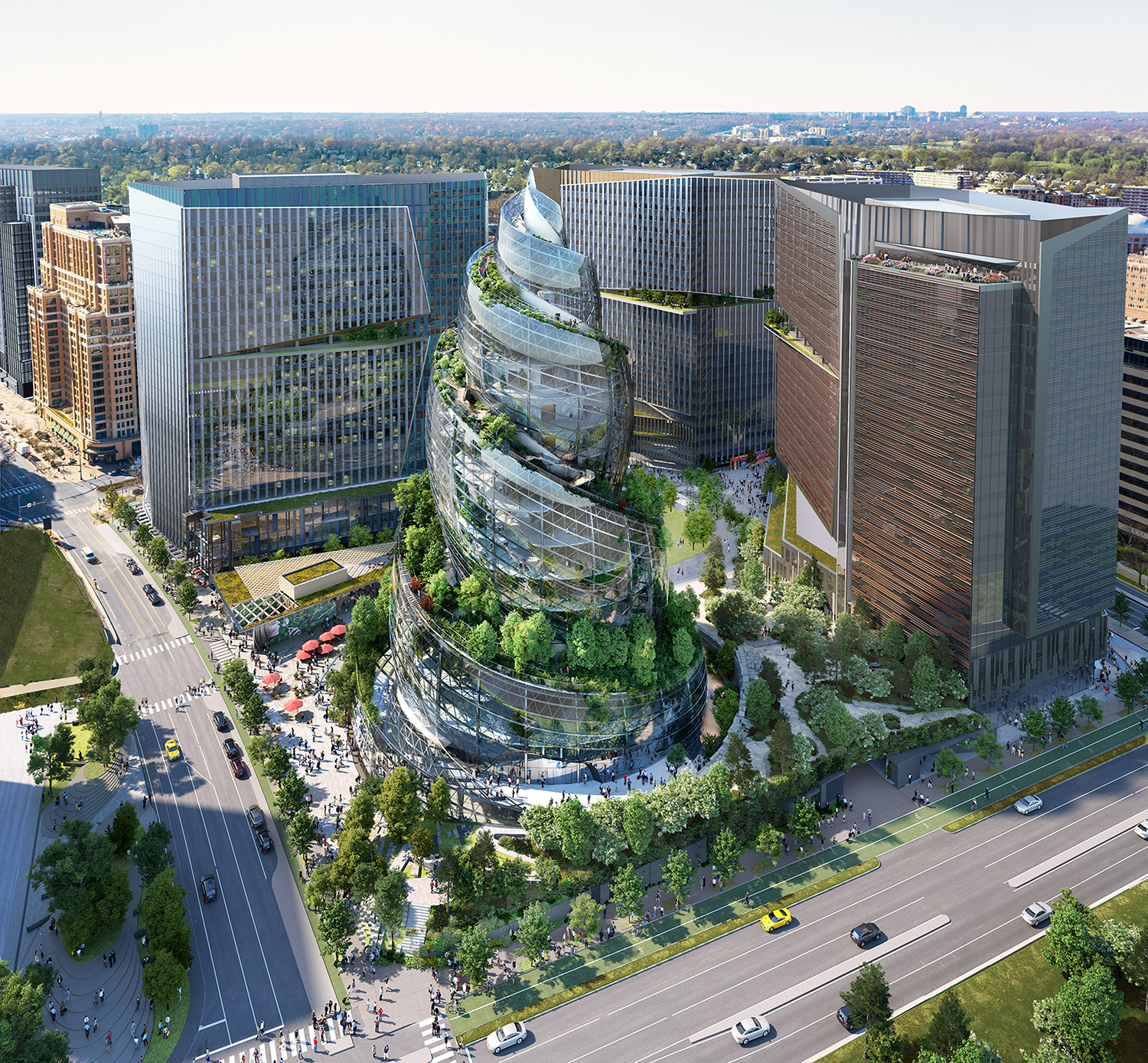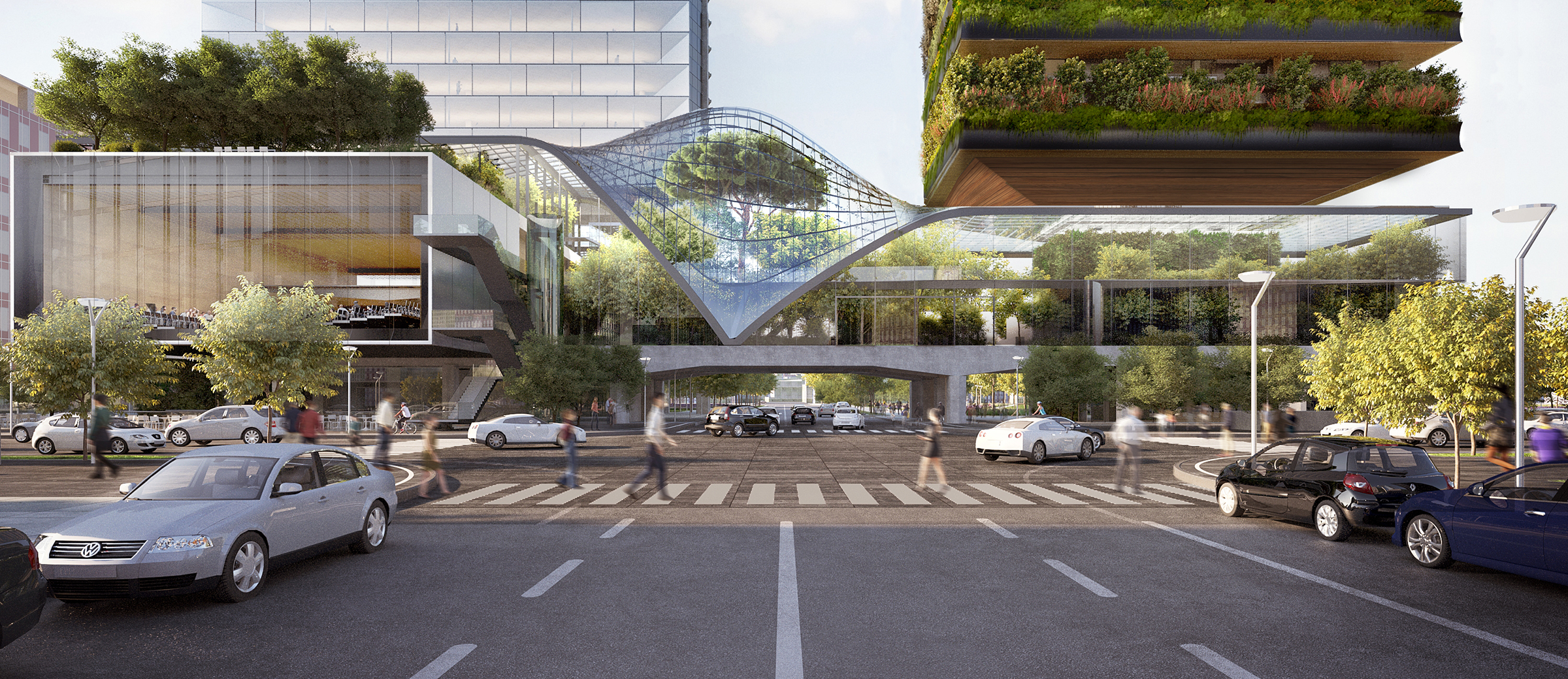In 2020, the coronavirus pandemic caught the world off-guard and left everyone scrambling to adapt. At the same time, climate change triggered dramatic weather events including heat waves and wildfires. With the physical world upended, many experts urged the population to rethink how we navigate living and working in a changing world.
This is especially true of building design, as employers, designers and other decision-makers were tasked with making the spaces people lived and worked in as healthy as possible in the face of uncertainty and changing understandings of public safety.
Fortunately, many of the advancements in building design made in the past year show how green, health-centric design can make a positive impact. There are a lot of changes the design industry can make to protect people without compromising sustainability and functionality. What post-pandemic design changes are likely to emerge?
Moving Toward Full-Electric Conversions
First, home design is embracing the rising popularity of sustainable energy alternatives. In the United States, power supply shocks and climate-triggered heat waves make the negative impact of fossil fuel reliance feel stark. The debate between natural gas and electricity may start shifting in favor of the latter.
Many homeowners may still tout the benefits of cooking with a gas stove, but the production of electric induction cooktops and other technologies close the gap for home chefs. For home heating, electricity has the benefit of being significantly better for the environment — particularly when powered by renewable sources — and reducing the health risks associated with natural gas leaks.
People spent more time than ever at home this year. With both sustainability and health in mind, the home industry may see a popularity shift toward fully electric infrastructure in the future.
Improving Indoor/Outdoor Air Exchange
The average person spends a great deal of time indoors, whether living at home or working in a building. When dealing with a virus such as COVID-19, these close quarters contributed to the spread.
Most modern buildings aren’t designed to bring in large amounts of air from the outside, instead choosing to recycle air already in the building to better manage temperatures. Improved ventilation, specifically improving the indoor/outdoor air exchange in large buildings, can help reduce the spread of viruses like COVD-19 by simply removing them from the atmosphere.
This can be as simple as opening more doors and windows. However, more advanced techniques provide stronger benefits, particularly in busy commercial environments. Upgrading mechanical HVAC systems to modern, more sustainable models can have a positive impact on air quality and sustainability outcomes alike, making this move a win-win situation for facilities managers looking to take on these environmental challenges.

Outdoor Design is Here to Stay
For most of 2020, the only way for people to get together safely — even in small groups — was to do so outdoors. While this was easy for groups of people gathering to picnic in the park — in 6-foot intervals — it presented problems for those who operated in primarily indoor activities, particularly the entertainment and restaurant industries.
Many companies and organizations embraced creativity to adapt their operations for outdoor experiences. Dance organizations had to learn the logistics of outdoor performance, investing in new infrastructure like stages and sound equipment. Restaurants that were previously indoor-only constructed open-air shelters to allow customers to dine more safely in fresh air. Educators and administrators arranged outdoor, spaced-out ceremonies for graduating seniors.
This investment in outdoor infrastructure will likely not disappear once it becomes safer to gather indoors. Homeowners, workplaces and performance groups learned to find joy in fresh-air experiences — this will likely lead to the development of more outdoor venues and more facilities that bring the outdoors inside.
Green & Healthy Design for the Future
When the COVID-19 pandemic began to spread, the world had no idea how to respond. Conflicting information about masks, social distancing and how the virus was spreading left a lot of people afraid.
Now that things are starting to go back to normal in many countries, or as close to normal as they can, industry experts have started looking for ways to prepare so the next pandemic doesn’t catch the population off-guard.
This includes fostering many of the techniques that have emerged throughout the pandemic, from touch-free points of sale to handwashing or hand sanitizer facilities available in every building and business. Even when the COVID-19 pandemic is but a memory, public health experts hope the things that the population has learned will continue to protect them from future pandemics.
Industry Changes or Wishful Thinking?
Of course, predicting human behavior can be an exercise in futility. While many experts in the building and design industry believe that these changes will continue to shape building and businesses for years to come, there are always some skeptics that call it wishful thinking.
The biggest challenge isn’t in whether or not there’s a need for these health-driven and sustainable buildings. The biggest challenge is whether or not these new structures will offer a return on investment significant enough to be worth the expense.
Fortunately, the evidence is mounting that health crises and climate change are a threat that requires action from business owners, government officials and everyday citizens. Staying focused on these facts can help the industry continue to push favor towards health-driven design.
Author – Evelyn Long is the editor-in-chief of Renovated. Her work focuses on interior and architectural design and has been published by Build Magazine, the National Association of REALTORS and other online publications.






